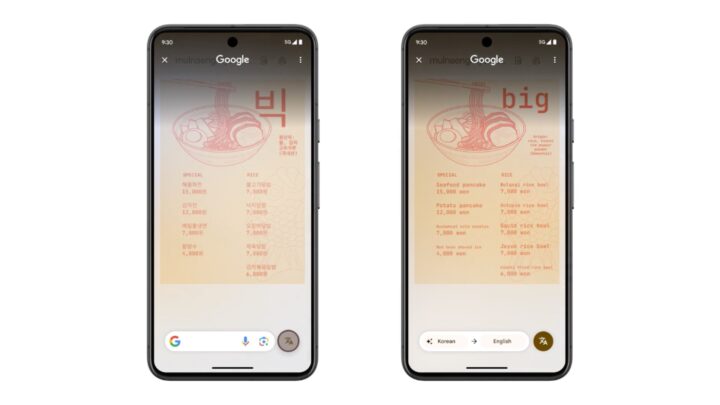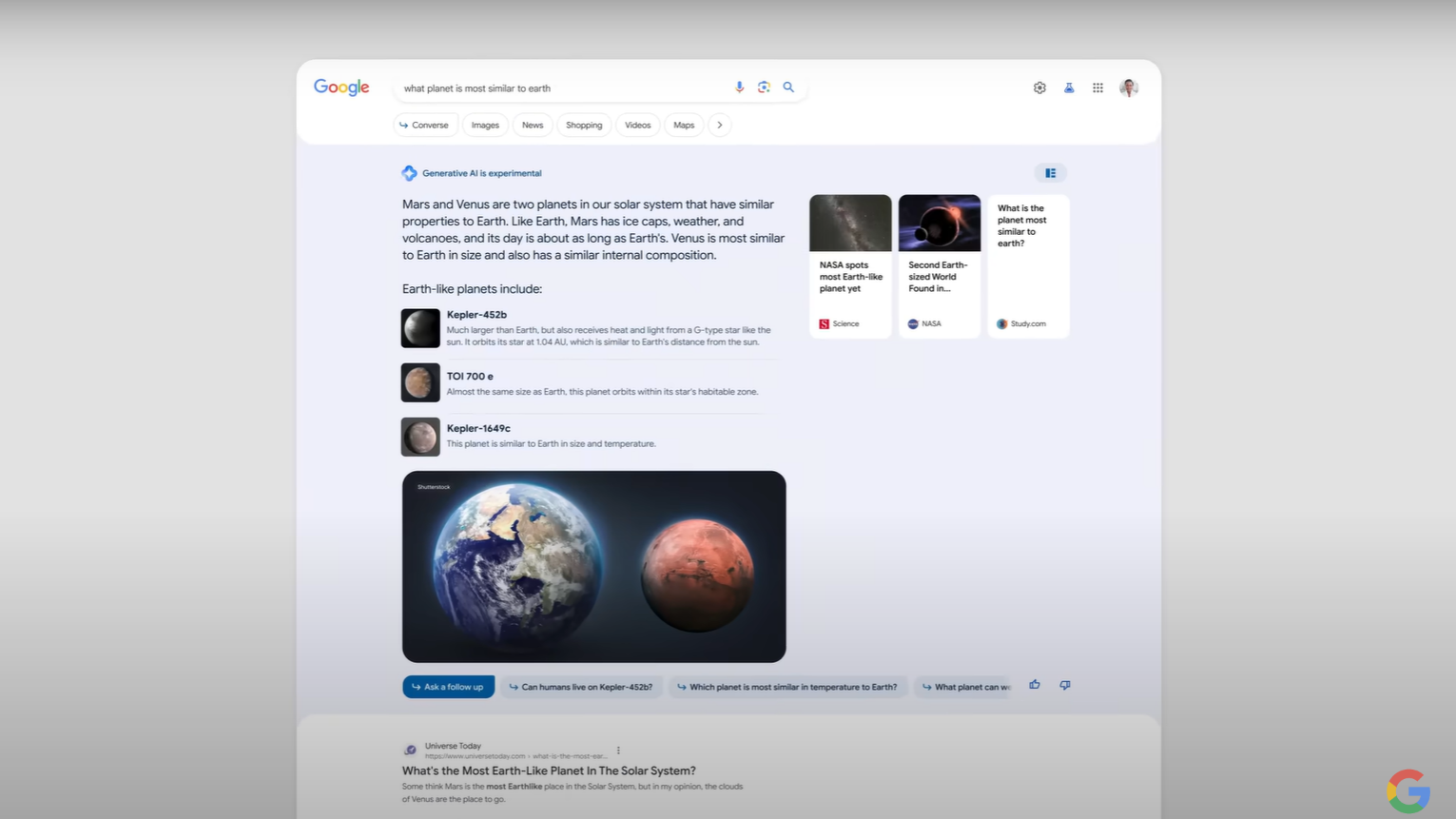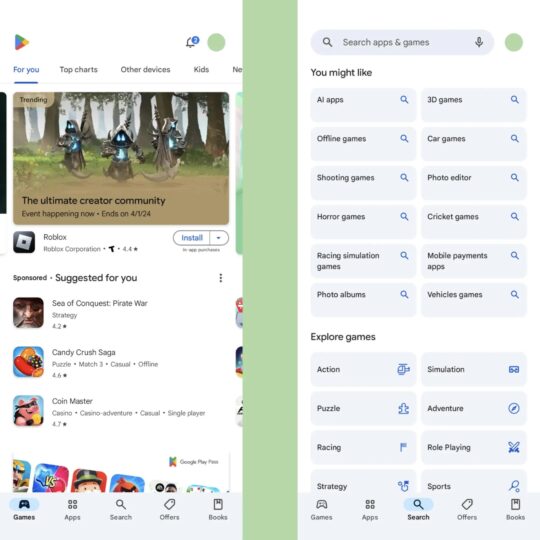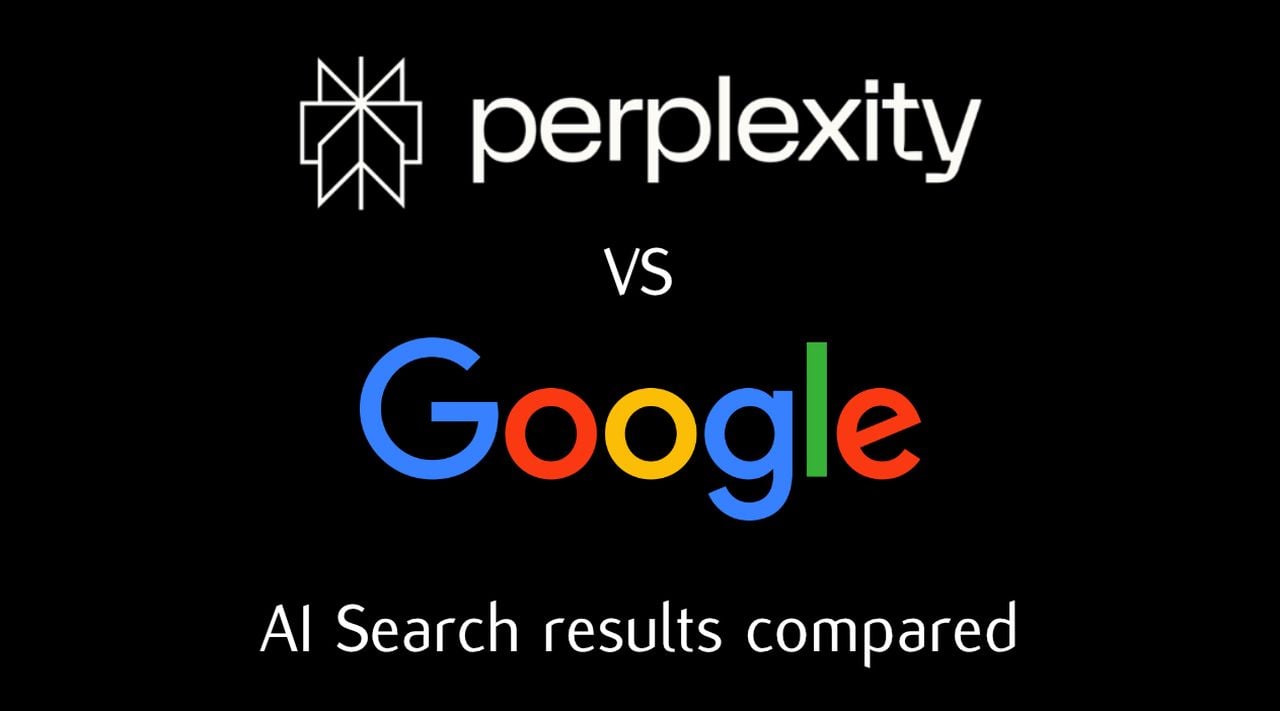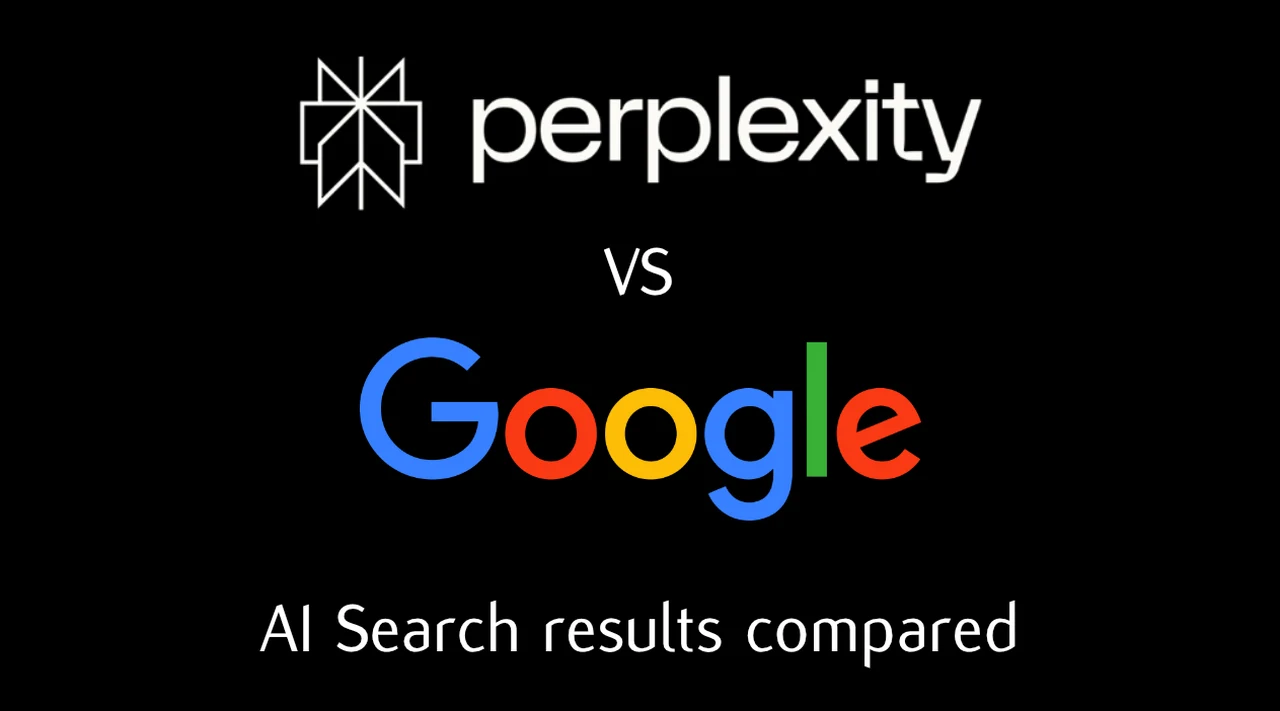[ad_1]
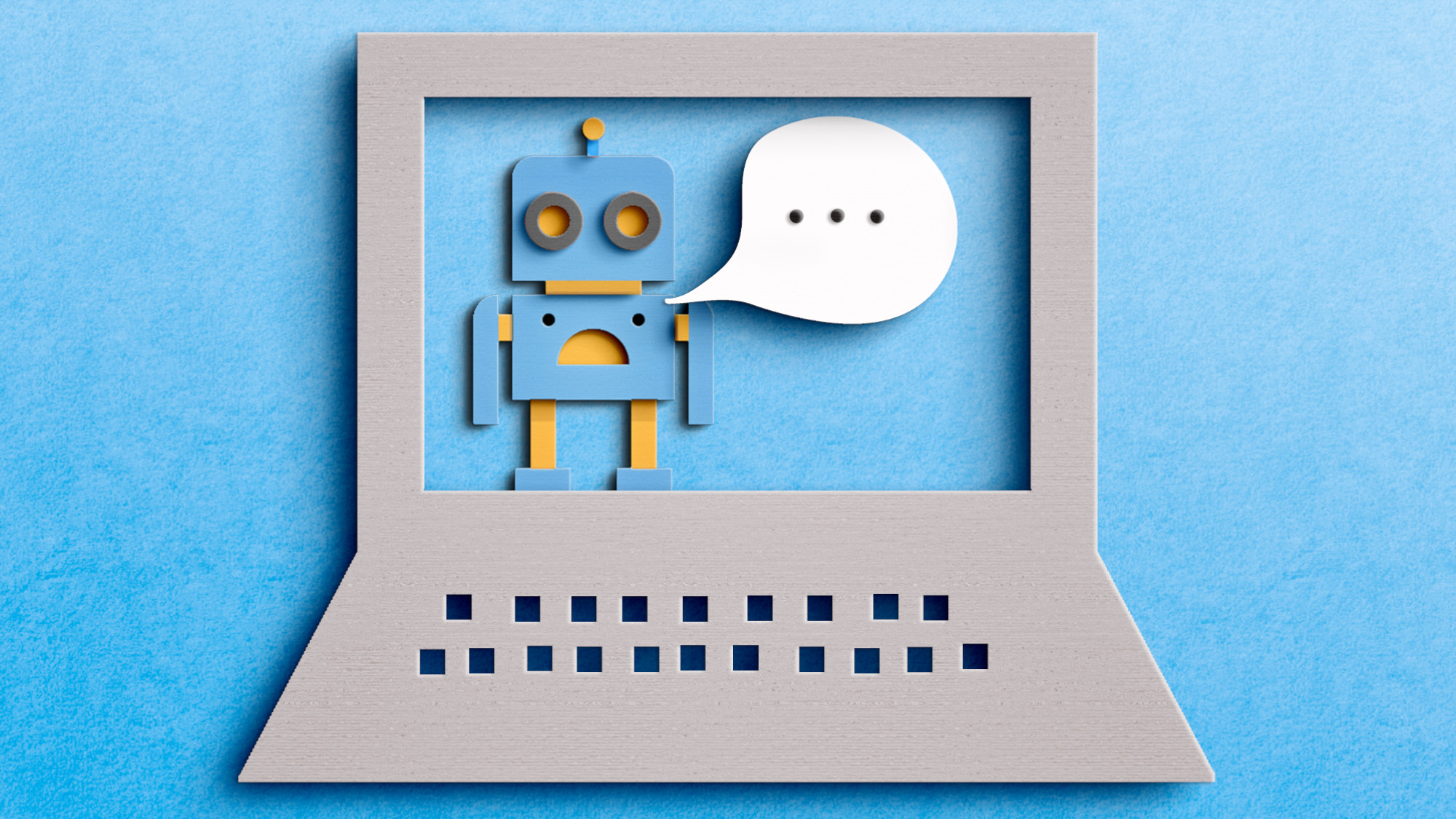
The way that users get information from the web has evolved over the years. People used to rely on news sites and Google to keep abreast of what was going on in the world, but then Twitter arrived and cemented itself as an alternative (and often inaccurate) source of news. Although it’s facing the threat of being banned in the US, TikTok has become a major source of information for younger users, and AI chatbots have really come into their own as a valuable tool for delivering tailored, instant information.
The rise of voice-activated AI assistants like Amazon‘s Alexa and Google Assistant has also revolutionized the way we access information, allowing users to simply ask for what they want to know, rather than having to search for it manually. However, with this evolution comes the responsibility of discerning reliable sources from misinformation, a skill that is becoming increasingly important in the AI age.
Recent surveys by Applause and Forrester indicate a significant shift in consumer behavior, with users increasingly favoring AI chatbots over traditional search engines for both research and basic queries.
Similar findings
Applause‘s 2024 Generative AI Survey reveals that 91% of respondents use chatbots for research, and 81% prefer them over search engines for basic queries. However, as is perhaps to be expected, concerns about data privacy, bias, and performance persist.
Applause found ChatGPT is the most popular chatbot, used by 91% of users, ahead of Google Gemini (63%) and Microsoft Copilot (55%). Despite worries about providing private information to chatbots, with 89% of respondents expressing concern, the practical applications of Gen AI are now widely acknowledged. However, only 19% of users believe that chatbots understand their prompts every time, indicating room for improvement.
Forrester‘s State of Consumer Usage of Generative AI 2024 echoes these findings, noting that GenAI has made AI more visible in consumers’ daily lives. While companies race to incorporate AI, consumer adoption is still in its infancy due to concerns about its ethical implications. The report also highlights the demographic differences in GenAI adoption, with younger, male, and more highly educated consumers more likely to have used the technology. The report states that almost half of Millennial and Gen Z adults in the US, UK and France have used GenAI, compared with only 12% of Baby Boomers.
Forrester also found 34% of US consumers used GenAI, compared to 27% in the UK and 25% in France.
Work still needed
Despite widespread concerns, the benefit of GenAI is widely recognized. Among online adults who had heard of GenAI, 50% agreed that it would make it easier to find information online. However, 45% agreed that GenAI posed a serious threat to society, indicating a split in consumer attitudes towards the technology.
The surveys reveal that the golden era of search engines might be coming to an end, as consumers increasingly turn towards AI chatbots for their information needs. However, as Chris Sheehan, SVP Strategic Accounts and AI at Applause sums up, “Chatbots are getting better at dealing with toxicity, bias and inaccuracy – however, concerns still remain. Not surprisingly, switching between chatbots to accomplish different tasks is common, while multimodal capabilities are now table stakes. To gain further adoption, chatbots need to continue to train models on quality data in specific domains and thoroughly test across a diverse user base to drive down toxicity and inaccuracy.”
More from TechRadar Pro
[ad_2]
Source Article Link



